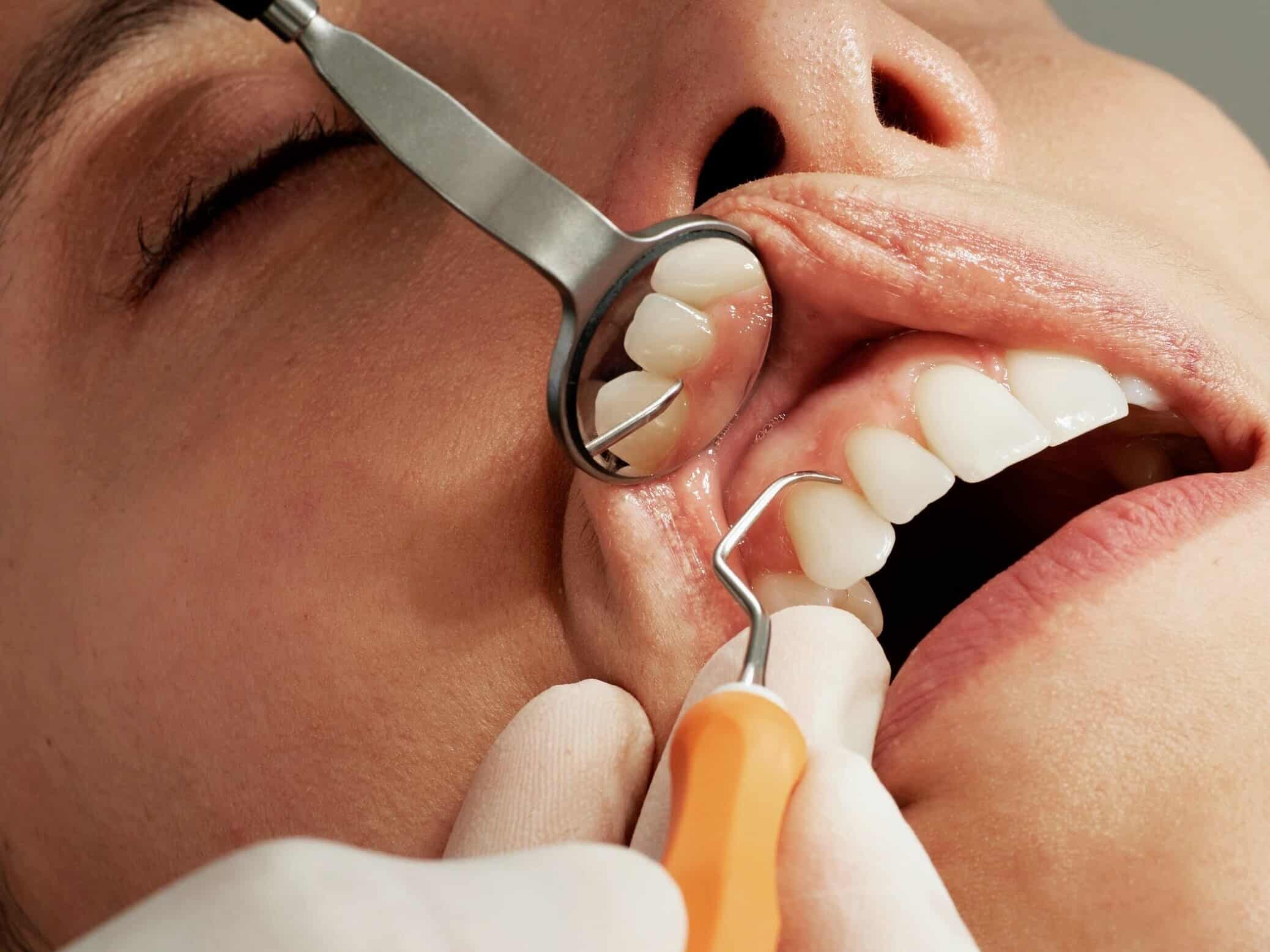Crowns and Bridges
Dental Crowns : These are “caps” used to restore the functionality of a tooth without removing a potentially bad teeth such as in the case of a broken, worn excessively, or else have had large portions destroyed by tooth decay. After treatment these “caps” will be used to encase the damaged tooth and in in effect becomes the tooth’s new outer surface . You have the option to select the type of crown you want out of ceramic (shades of white ), metal (metal alloys), or a combination of both.
Bridge:A bridge is a fixed dental restoration used to replace one or more missing teeth by joining an artificial tooth definitively to adjacent teeth or dental implants. Our dentists will help you decide the choice of bridge you will need based on the location , its function, your cosmetic needs and upfront your budget.

Cosmetic
Cosmetic dentistry is about your appearance – making teeth whiter, straighter or more even, gums that are a healthy rich color and smiles that presents you more!
When any procedure is carried out we make sure that your cosmetic and functional needs are met that helps to create a beautiful smile for you. Unlike plastic surgery, cosmetic dentistry is a chair side procedure.
No pain, no stress, no time taken away from your busy life.
The results of cosmetic procedures are immediate.

Denture
A denture, also known as “false teeth,” is a removable prosthetic appliance used to replace missing teeth and restore function and appearance.Our dentist will guide you in choosing the best denture option based on your needs.
Types of Dentures:
♦ Full Denture – Replaces all natural teeth, usually for seniors
♦ Partial Denture – Replaces some missing teeth and is held in place by clasps or metal clips around remaining natural teeth
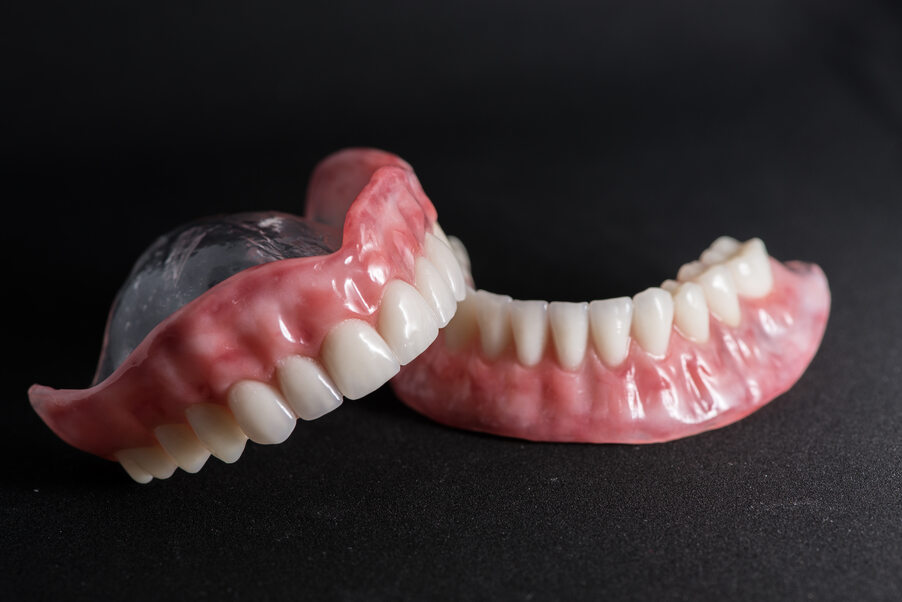
Dental Implants
A dental implant is a mechanical device, usually a titanium screw, placed into the jawbone to support a false tooth or a set of teeth. The implant fuses with the bone, providing a strong and stable foundation.
♦ Made of medical-grade pure titanium, known for its strength and biocompatibility
♦ Restores the natural appearance, function, and strength of missing teeth
♦ Helps maintain jawbone health and prevents bone loss after tooth loss
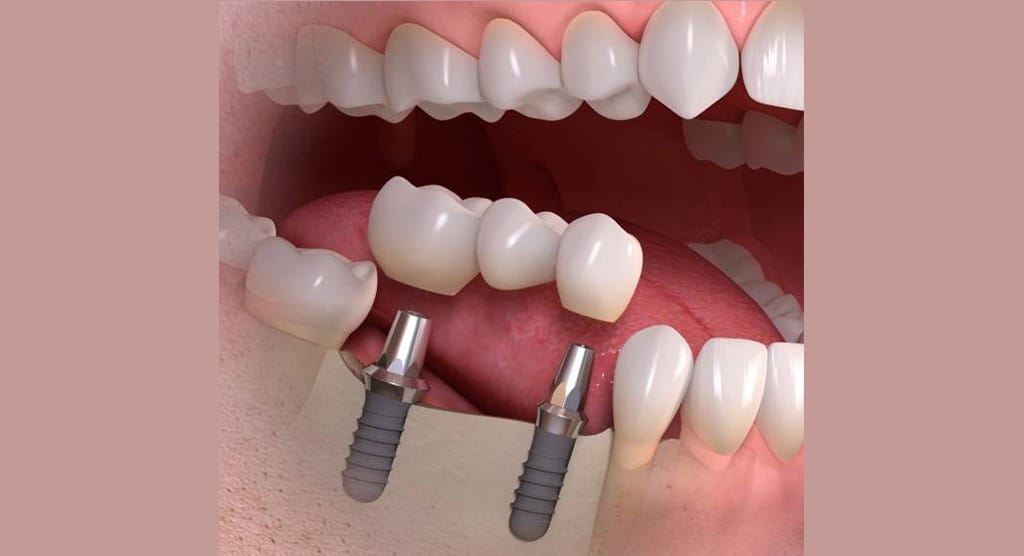
Oral Screening
Oral screening is a preventive examination done to detect early signs of oral cancer or other abnormalities in the mouth, lips, tongue, and throat. It helps in early diagnosis and treatment of serious conditions.
Procedure:
♦ Visual and physical examination of the mouth, tongue, gums, cheeks, and throat
♦ Checking for red or white patches, sores, lumps, or any unusual changes
♦ Palpation of jaw and neck to check lymph nodes
This screening is usually done during routine dental check-ups and is especially important for high-risk patients.

Orthodontics(Metal Braces)
Orthodontics is concerned with the diagnosis, prevention and treatment of improper bites resulting from tooth irregularity and improper jaw relationships. Braces are customized appliances used to correct these problems. Crooked or overcrowded teeth can cause a variety of difficulties, including tooth decay, gum disease and damage to jaw joints.
An orthodontic treatment can change your face shape and smile which in turn translates into an improved self-image . Without treatment, orthodontic problems can lead to tooth decay, gum disease, bone destruction, chewing and digestive difficulties, speech impairments, tooth loss and other dental injuries.

Orthodontics (Ceramic Braces)
Ceramic braces are the same size and shape as metal braces, except that they have tooth-colored or clear brackets that blend in to teeth. Some even use tooth-colored wires to be even less noticeable.
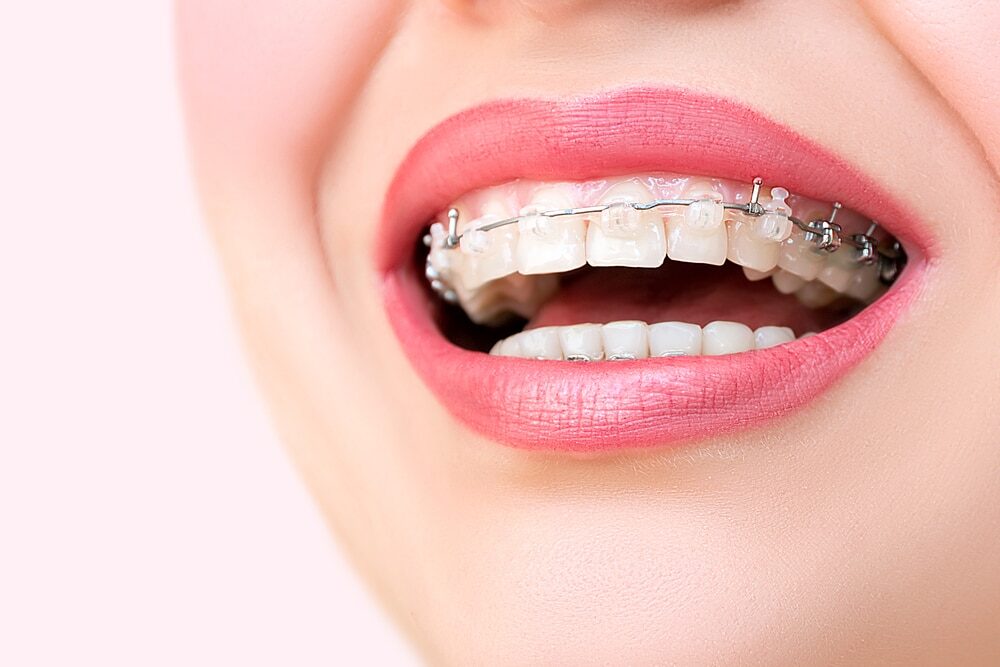
Clear Aligners
Clear aligners are removable, nearly invisible orthodontic devices used to straighten teeth and correct mild to moderate bite issues like crowding, gaps, overbites, or underbites. Aligners apply gentle pressure to move teeth gradually. Each set shifts teeth 0.2mm to 0.3mm and is worn for about two weeks. Attachments may be added to help movement.
Process:
♦ Digital scan or impressions taken
♦ Custom aligner sets created (12 to 48 sets based on case)
♦ Worn 6 to 18 months on average
♦ Retainer used after treatment to maintain results
Aligners are less invasive than braces and allow for a more comfortable, discreet treatment.
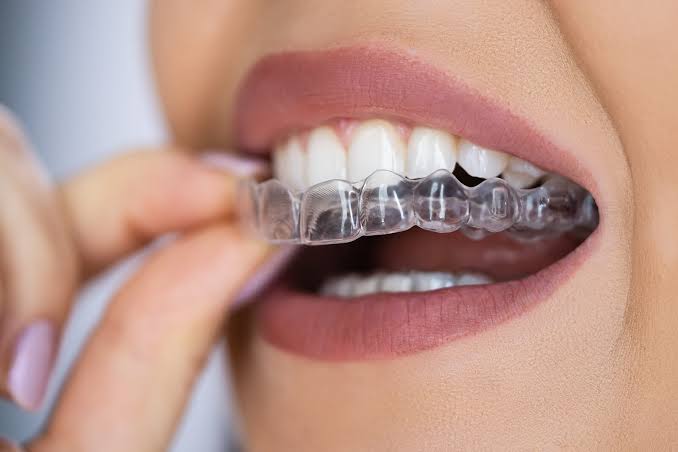
Whitening
We conduct in-office whitening procedures because of the unrealistic expectations from the majority of the patients during the test phase . Clove Dental Clinic ,however, dispenses several home care beaching products such as tooth pastes , mouth washes and whitening stripes
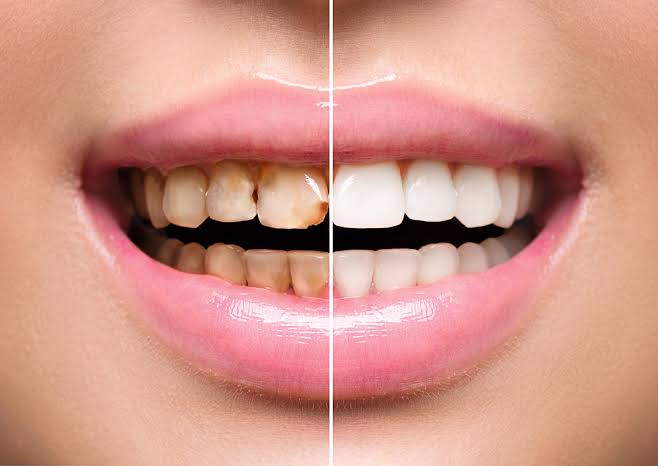
Dental Laminates and Veneers
Dental laminates and veneers are cosmetic dental treatments used to improve the appearance of teeth by correcting imperfections like stains, chips, gaps, or minor misalignment. Both are designed to enhance your smile and create a natural, attractive look.
♦ Dental Veneers: Thin, tooth-colored shells placed on the front of teeth, ideal for stained, chipped, or misaligned teeth. Requires slight enamel removal and offers strong, long-lasting results.
♦ Dental Laminates: Similar to veneers but thinner and more conservative. Requires minimal enamel removal, perfect for minor discoloration or small chips.
♦ Improves tooth color, shape, and alignment
♦ Provides a natural-looking, long-lasting smile enhancement
♦ Preserves more of your natural tooth structure (with laminates)
♦ Boosts self-confidence with a brighter, more balanced smile
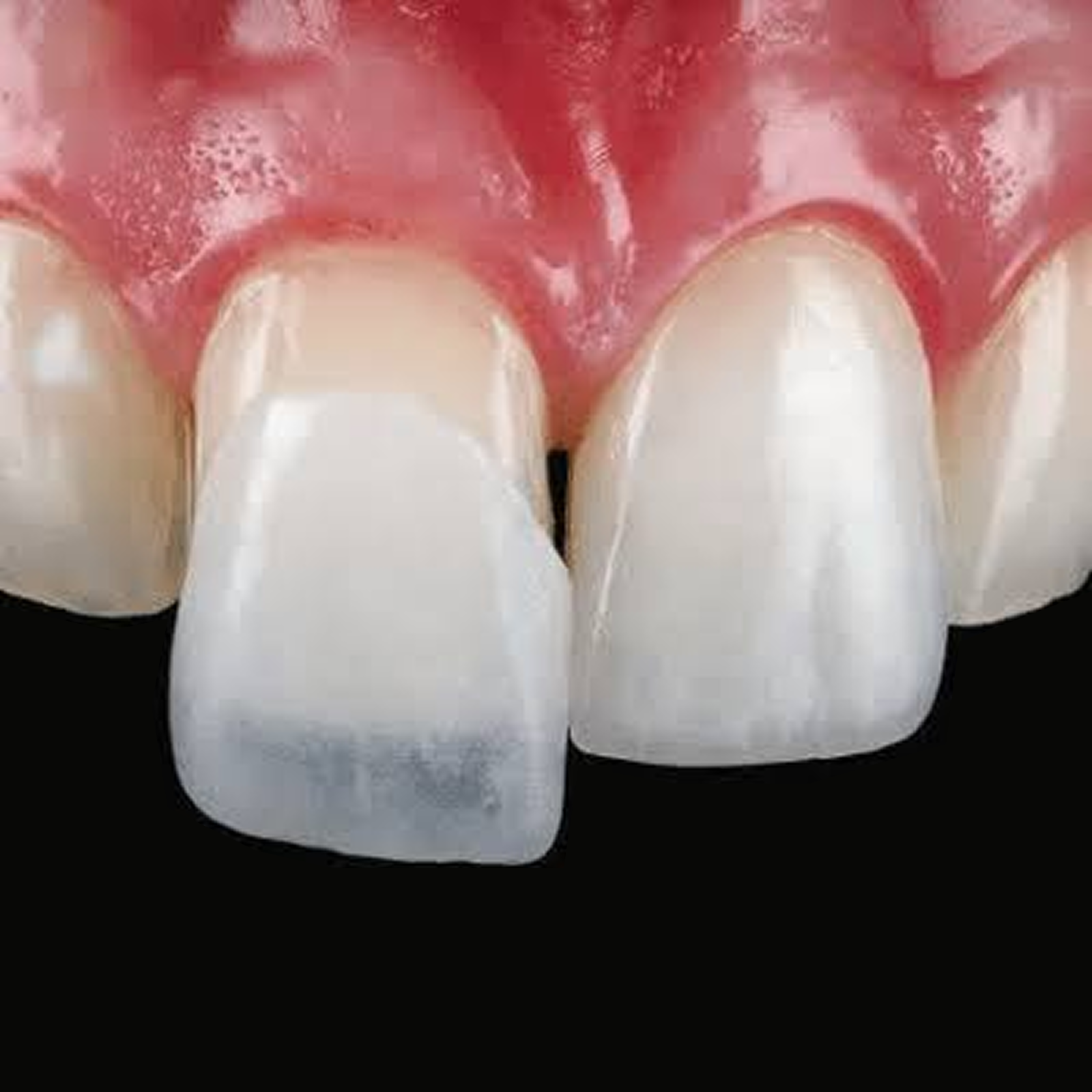
Smile Designing
Smile design is a cosmetic dental procedure or combination of treatments that creates a straighter, whiter, and natural-looking smile. It considers your face shape, tooth color, size, and personality. Treatments may include veneers, crowns, gum reshaping, teeth whitening, or implants.
Benefits:
♦ Restores and enhances your smile long-term
♦ Reverses effects of aging like wear, chipping, and discoloration
♦ Boosts self-confidence and helps make a great first impression
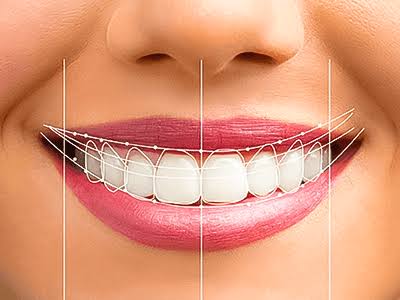
Root Canal Treatment
Root canal treatment is done to save badly decayed, infected, or damaged teeth by removing the infected pulp, cleaning the canals, and sealing them to prevent further infection. It helps relieve pain and preserves your natural tooth.
Procedure:
♦ Removal of infected pulp from inside the tooth
♦ Cleaning and disinfecting the root canals
♦ Sealing the canals to prevent reinfection
This treatment helps avoid tooth loss, prevents bone damage, and restores normal chewing function. Local anesthesia is used during the procedure.
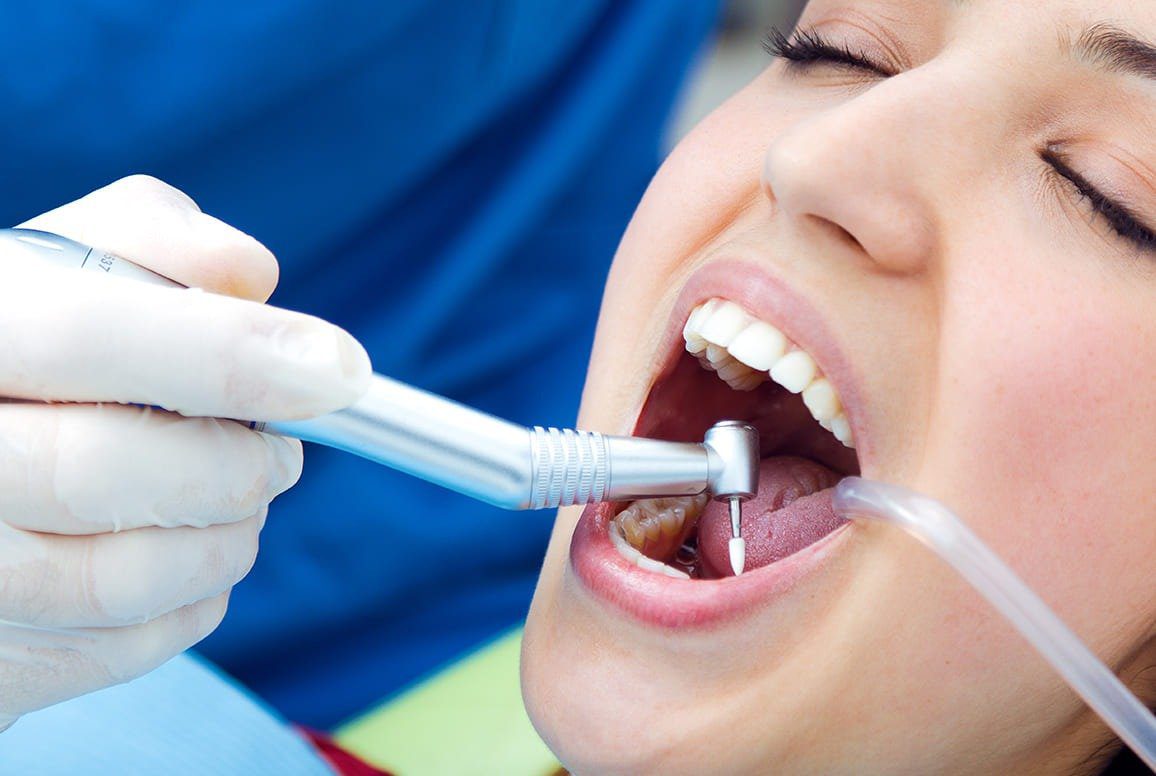
Minor Oral Surgery
Minor oral surgery involves procedures to remove damaged teeth, cysts, or soft tissue growths in the mouth, often done under local anesthesia with or without IV sedation. It helps restore oral health and prevent further complications.
Procedure:
♦ Removal of retained roots, broken teeth, and impacted wisdom teeth
♦ Removal of jaw cysts and soft tissue lesions like mucoceles and ranulas
♦ Apical surgery and correction of high labial or lingual frenum
These procedures usually have a short recovery period.
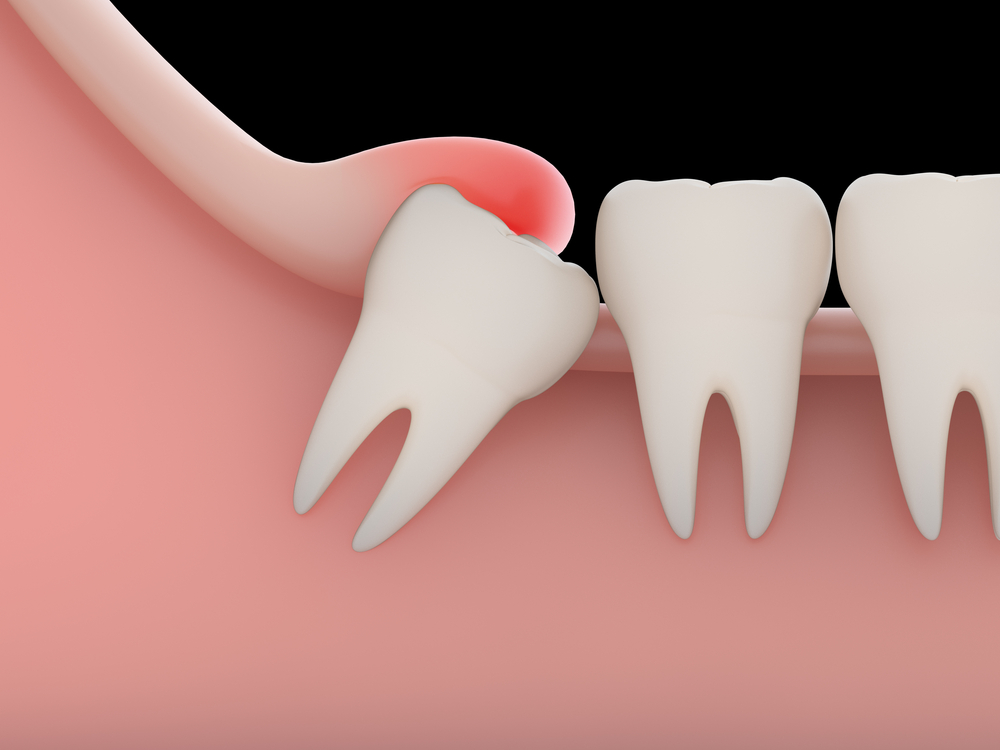
Scaling and Root Planing
Scaling and root planing is a deep cleaning procedure used to treat gum disease by removing plaque and tartar buildup below the gumline. It helps reduce gum pockets and prevents bone and tooth loss caused by chronic periodontitis.
Procedure:
♦ Scaling removes plaque and tartar above and below the gumline.
♦ Root planing smooths tooth roots to help gums reattach.
The treatment may require multiple visits with or without local anesthesia.
